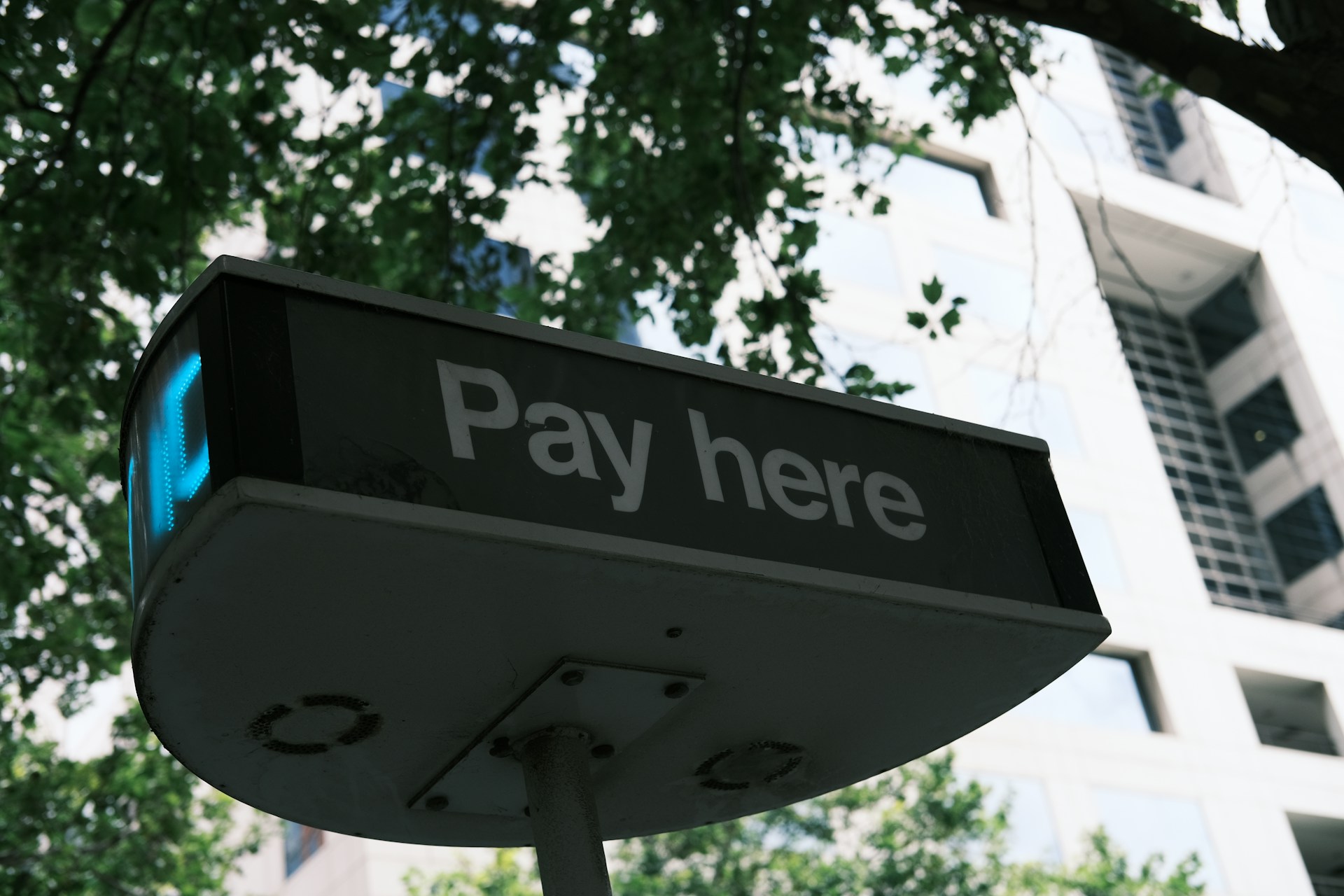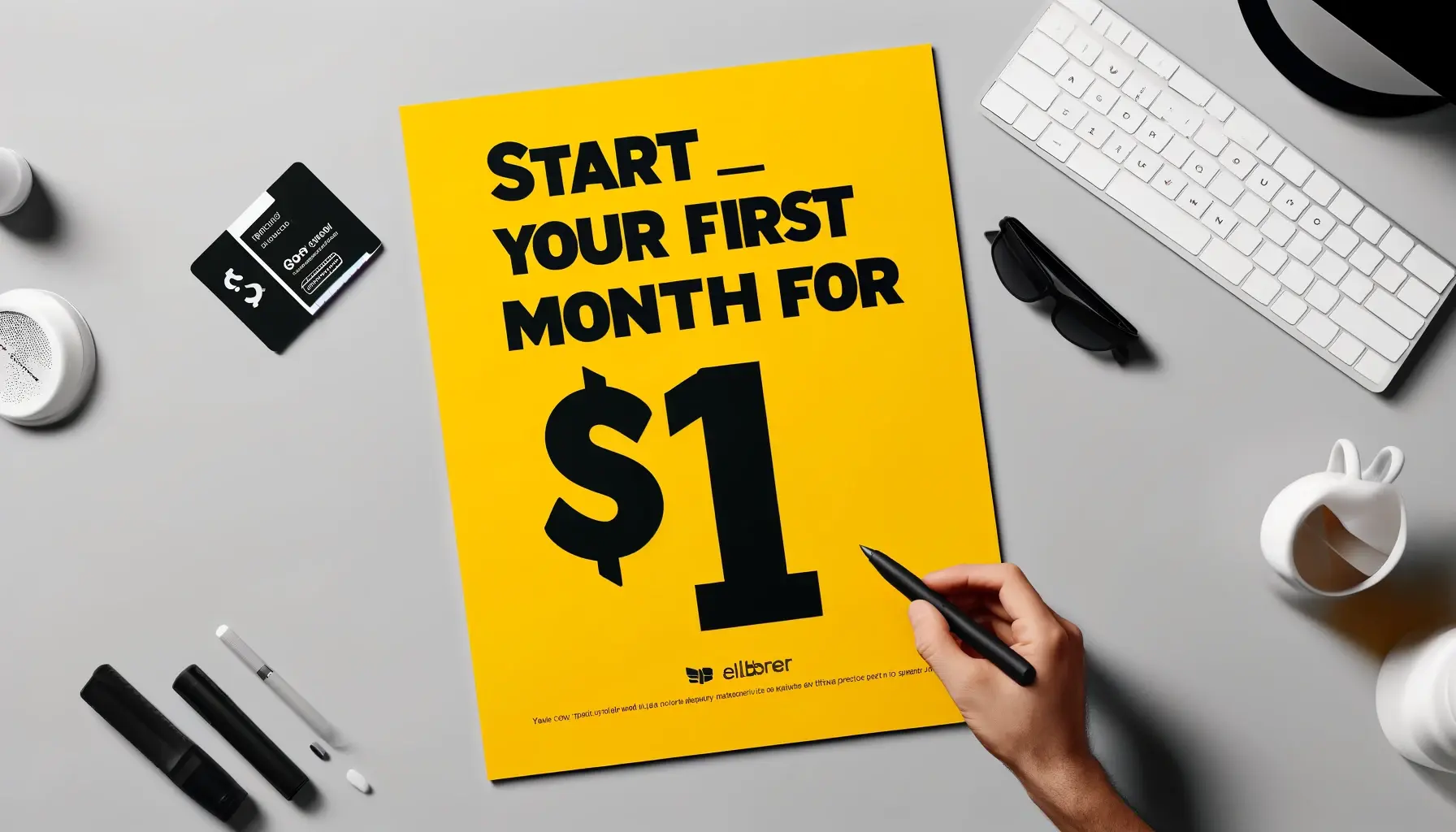
Running a high-risk eCommerce store? Learn how to get approved for a high-risk merchant account, manage fees, and accept payments securely.
When you are running an online store, you deal with inventory, returns, marketing, customer questions, and all the usual chaos. For some sellers, there’s an extra hurdle: payment processors don’t even want to work with them. If your business falls into what banks label as “high risk,” getting paid becomes a problem in itself. To keep your store running, you’ll need a high risk merchant account. This isn’t just a backup plan. It’s a requirement if your industry raises red flags for traditional processors. And unless you know what you’re doing, finding the right setup can feel like hitting a wall. Let’s break it down.
What Is a High-Risk Merchant Account?
Some businesses get flagged because of the products they sell. Others are considered risky based on location, transaction volume, or history of chargebacks. A high-risk merchant account is specifically built to handle this kind of uncertainty. Processors that offer these accounts expect more volatility. So extra protection is built into the system. That might mean holding onto a percentage of your revenue (called a reserve), charging higher fees, or running stricter checks before approving you. Here’s the thing: getting labeled “high risk” doesn’t mean your business is shady. It means the bank sees a greater chance of payment issues down the line. You could be running a completely legal store but still fall into this category.
Why Regular Payment Gateways Often Reject High-Risk Businesses
Most people set up their store, add Stripe or PayPal, and they’re ready for business. That works fine until one refund too many triggers a shutdown. And once you’re flagged, getting reapproved is nearly impossible. A lot of this comes down to risk tolerance. Big payment platforms rely on pooled accounts (aggregation), where all merchants share the same infrastructure. If one seller causes trouble, it affects the whole system. That’s why platforms like Shopify Payments will shut down high-risk merchants even after giving initial approval.
High-risk industries include:
- CBD, supplements, tobacco, adult products
- Gambling or betting
- Online coaching or subscription billing
- Digital downloads or software
- Firearms and weapon-related products
Even if your product is legal in your country, processors might still reject you based on their internal policies or regional restrictions.
How to Get a High-Risk Merchant Account
If regular gateways turn you down, try working with a payment processor that handles high-risk businesses. They are used to stricter rules and can suggest options that match the needs of your business.
Work with a High-Risk Payment Processor
Look for payment processors that already work with high-risk stores. They usually understand why regular gateways don’t work for you and know how to get around that. They can walk you through the steps, like filling out forms or showing documents. What they need from you depends on what kind of products you sell. If you’re offering supplements, digital items, or online services, they’ll tell you exactly what to send so you can get started.
Prepare Your Documents
Approval takes more than filling out a form. You’ll need:
- A valid government-issued ID
- Business license or registration
- A clear refund and privacy policy
- Processing history (if you’ve accepted payments before)
- At least 3 months of recent bank statements
If your industry has unique regulations, like age verification or legal disclaimers, you’ll need to show that they are in place. Being transparent helps. Processors want to know they can trust you with their risk.
Be Transparent About Your Business Model
This isn’t the time to play it safe with vague answers. If you sell adult products, say so. If you offer recurring digital services, explain how billing works. Trying to hide what you sell will backfire. Most application rejections happen because something seems off, not because of the product itself. Be upfront. Good processors will work with you if they know what they’re dealing with.
What to Look for in a High-Risk Payment Processor
Getting approved is one thing. But you also need a provider that won’t make things worse.
Industry Experience
Look for processors who specialize in your niche and understand the kind of products you sell. Some are great for supplements or nutraceuticals. Others focus on digital products or adult content. When a provider knows your industry, they’re better prepared to help you set things up without delays or confusion.
Chargeback Protection Tools
If your store gets a lot of disputes, choose a processor that includes basic security features. You should look for tools like fraud checks to flag potentially risky payments. It should also have alerts that warn you about any possible chargebacks. Similarly, the tools should have customer verification steps, like matching billing information. These tools won’t catch everything, but they help lower your chances of account issues or being shut down.
Contract Terms and Fees
High-risk accounts often come with:
- Transaction fees that are usually higher than average (often between 3.5% and 7%)
- Monthly or setup charges that some providers include in their plans
- Rolling reserves, where a portion of your money is held temporarily for risk protection
Read the fine print. Avoid long lock-in contracts with heavy termination penalties. Some newer providers offer more flexible monthly plans.
Common Challenges and How to Manage Them
Getting approved is only half the work. Running a high-risk store comes with ongoing trade-offs. Here’s how to manage them.
Higher Processing Fees
Most high-risk businesses pay more than standard rates. This is how processors cover the added risk. If your margins are tight, adjust your pricing accordingly. Avoid undercharging just to stay competitive. A few cents saved can lead to big problems if your cash flow gets squeezed.
Rolling Reserves
Some processors will hold back a portion of your sales (usually between 5% and 10%) for a few months. This is used as a safety net in case of chargebacks or refunds. Although it’s not the most flexible set, it’s common for high-risk accounts. If your account stays in good standing with few disputes, you might be able to lower or remove the reserve over time.
Chargebacks and Disputes
If you’re in a high-risk industry, you might have noticed frequent chargebacks. Make sure your product descriptions are clear and accurate so customers know what they’re buying. Be honest and upfront about shipping times and delays. Doing this helps to reduce the chances of any chargebacks and disputes. Respond to customer questions and issues quickly. Likewise, use a billing name customers will recognize on their statements. The faster you respond to complaints, the less likely customers are to file disputes.
Alternatives to Traditional Payment Methods
If your current payment setup keeps failing, here are some options to consider.
Cryptocurrency Payments
Some stores use cryptocurrency when regular payment methods don’t work. This is common for shops that sell things like CBD, adult products, or digital files.
Here’s why some sellers like crypto:
- Customers can’t file chargebacks
- You can sell to people in other countries
- Buyers don’t need to share banking info
Third-Party Payment Gateways
Third-party gateways often cater to specific high-risk industries. They act as middlemen, helping you get approved through partner banks without relying on Stripe or PayPal. They usually handle compliance paperwork and reduce your workload, but take a cut of your revenue in return.
Tips for Long-Term Stability
Once you’re set up, don’t relax completely. The key to running a stable high-risk store is staying ahead of problems before they hit.
- Watch your chargeback rate. Try to keep it under 1% to avoid trouble.
- Use fraud tools and keep your website policies up to date.
- Keep your customers in the loop with emails, tracking info, and clear billing.
If you ever plan to switch processors, keep a clean processing history. That’s your strongest asset when applying somewhere else.
Final Thoughts
Running a high-risk eCommerce business comes with more paperwork, higher fees, and fewer options. But it doesn’t mean you’re stuck or doing something wrong. With the right high-risk merchant account, you can accept payments securely and grow without constant fear of being shut down. Don’t settle for a provider that treats you like a liability. Find one that actually understands your industry and helps you stay in business, not constantly scrambling to fix problems.
Was this news helpful?







 Yes, great stuff!
Yes, great stuff! I’m not sure
I’m not sure No, doesn’t relate
No, doesn’t relate



